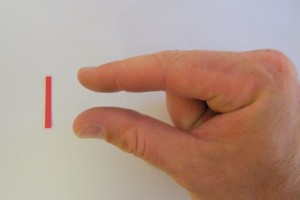 Google has a nice doodle celebrating the 25th anniversary of the buckyball. (A video of the doodle can be seen here.)
Google has a nice doodle celebrating the 25th anniversary of the buckyball. (A video of the doodle can be seen here.)
“Buckyball” is the informal name of a particular kind of carbon molecule that, geometrically, resembles the geodesic dome made popular by futurist Buckminster Fuller. They are more generally known as fullerenes (again, after Fuller), and among other things, have recently been detected in space.
Viewed mathematically/geometrically/graph-theoretically, a fullerene is a solid consisting of only pentagonal and hexagonal faces. There are many different fullerenes–for example, having 20, 70, or 200 vertices–but what’s amazing is that apparently all of them have exactly 12 pentagonal faces. Only the number of hexagonal faces changes.
Apparently this fact is a direct consequence of Euler’s formula, namely V – E + F = 2, where V, E, and F are the number of vertices, edges, and faces, respectively, in a given solid. For example, a cube has 8 vertices, 12 edges, and 6 faces; note that 8 – 12 + 6 = 2, just as Euler requires.
Try verifying Euler’s formula for an octahedron! Then, when you’re done with that, prove the above remark about fullerenes.
Related Posts







